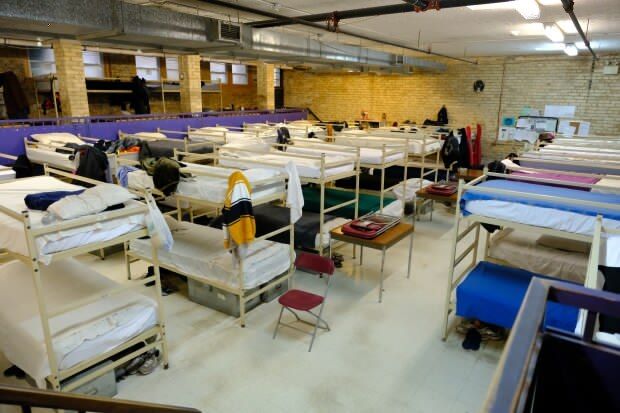Toronto’s top doctor had little to say about inflated COVID-19 data released by Toronto Public Health.
Speaking Monday at a press briefing, Dr. Eileen de Villa declined to answer direct questions about how and why unreported case data from earlier this year was included in daily new infection numbers late last week — instead describing the process that lead to the correction of months-old errors.
“It’s part of the quality assurance effort that goes on at all times as part of an outbreak,” she said, calling it a “responsible” move.
Shortly after Ontario Health Minister Christine Elliott tweeted Friday’s purportedly record-breaking 732 new COVID-19 cases on Oct. 2, she included a note describing cases “that occured in the spring or summer are being reported today.”
Elliott tweeted 323 of those cases came from Toronto — and the Toronto Sunreported Friday that tally included 73 previously-unreported cases.
During press conferences on Friday and Monday, however, de Villa reported only 311 new cases in the city for Oct 2. and made no mention about the unreleased cases during her remarks.
On Friday, de Villa requested her provincial counterpart, Dr. David Williams, ban indoor dining at Toronto restaurants, citing Friday’s “record” numbers.
It appears neither the province or city have corrected the inflated numbers.
Daily case counts aren’t archived on the city’s COVID-19 information site, and their graph of previous cases is over a week out-of-date.
The province’s daily new case graph still shows 732 new cases for Friday, and makes no mention of the 73 previously unreported cases.
This isn’t the first time there have been issues with city data.
In May, the Sun questioned de Villa about chronically out-of-date information posted online by Toronto Public Health.
Later that month, the agency revised bad data on the city’s hardest-hit communities, attributing the issue to a “technical glitch.”
































